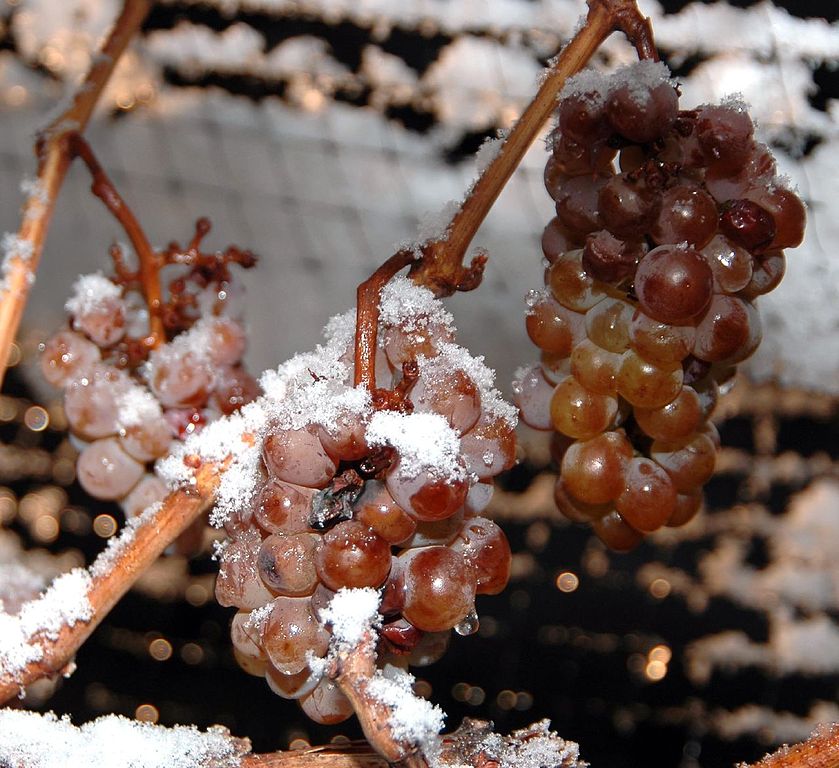Tripatini
the world's smartest travel social network
Ice Wine - How Sweet It Is!
For the most part, we quite rightly associate wine grape production with fairly temperate climates, whether in Europe, North America, Africa, Australia, or wherever. But those few wine-growing regions which can still count on freezing temperatures every winter can produce a very special kind of delicious dessert wines that require cold: ice wine.
First of all, what exactly is ice wine? OK, so the deal is that it comes from grapes that freeze on the vine, yielding a sweeter, more concentrated flavour akin to a distilled wine. Typical varieties including reds such as Riesling, Vidal, and Cabernet Franc, though in recent years producers have also experimented with Merlot, Pinot Noir, Cabernet Sauvignon, and even whites like Chardonnay, Gewürtztraminer, Chenin Blanc, and Pinot Blanc. In addition to serving with sweets, it also pairs particularly well with blue cheese.
Ice wine is very much a boutique subset of winemaking, thanks in no small part to the extremely short annual window in which its grapes can be harvested. And it’s concentrated mostly in Canada and Germany. The pioneer was the latter, where Eiswein has been documented as far back at the late 18th century but did not start to become commercially viable till the 1960s. In Canada, it was not commercially produced till the late 1970s.
In Germany, wine producers in regions such as the Moselle, Franconia, and the Rheingau leave a significant portion of their vines unharvested in the fall in the hopes that conditions (at least -7° Celsius/19.4° Fahrenheit) will allow it to be harvested in January or February for ice wine (warmer winters mean no harvest, so global warming is obviously an issue).
These days, by far most of the ice wine action is in Canada, and especially in the province of Ontario, though there is also some excellent production in places like Quebec and British Columbia, which is where Canadian ice wine was pioneered back in the late 1970s.
Ice wine is produced in a number of other countries of the northern hemisphere, as well, such as Austria, Croatia, the Czech Republic, Denmark, France, Hungary, Italy, Luxembourg, Moldova, Poland, Romania, Slovakia, Slovenia, the United States, and even in my home country Spain (concretely, in Catalonia). But as climate change marches on, it's expected to become eventually even rarer than it is today. So enjoy it while you can!
Videos
Groups
-
India
173 members
-
Tour Operators
873 members
-
Ireland
93 members
-
South Dakota
17 members
-
Azerbaijan
17 members
-
Shopping the World
55 members
-
Tech for Travel/Hospital…
87 members
-
Andorra
26 members
-
Online Corner
75 members
-
Minnesota
22 members
-
Backpackers & Hostels
84 members
-
Portugal
60 members
-
Turks and Caicos
26 members
-
Agritourism/Farmstays
72 members
-
Zambia
21 members
© 2024 Created by EnLinea Media.
Powered by
![]()
Badges | Report an Issue | Privacy Policy | Terms of Service

You need to be a member of Tripatini to add comments!
Join Tripatini